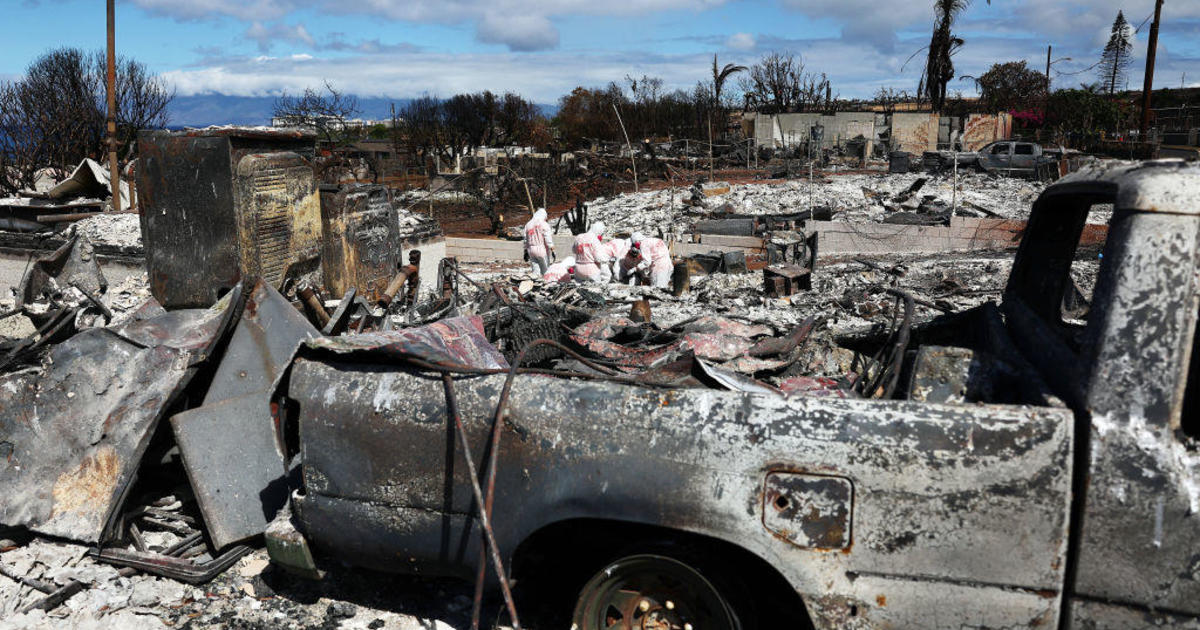How U.S. authorities are trying to keep pedestrians safe from vehicle attacks
NEW YORK -- More than 300,000 people pass through New York’s Times Square on any given day; a tempting target where, in 2010, a terrorist failed to detonate a car bomb that could have killed scores.
To protect against vehicle-borne attacks, the city installed heavy concrete barriers around areas where there are large crowds. New policy allows NYPD officers to fire on a charging vehicle without hesitation.
The U.S. State Department uses anti-ram barriers called bollards around its embassies. They can stop a truck going 50 miles per hour.
But former NYPD officer and FBI agent Manuel Gomez said cities with large pedestrian populations will always be vulnerable.
“No city could potentially fortify every street or corner. It would be a war zone,” he said.
Last year, a radicalized Ohio State University student drove his car into a group of other students before attacking them with a knife.
Terror attacks involving vehicles ramming pedestrians in Berlin and Nice killed 98 and injured hundreds.
Over the past two years in Turkey, car bombs in popular areas have killed almost 200. In Israel, attacks using cars are almost a regular occurrence.
“You don’t have to know explosives, build an explosive, you don’t even have to have firearms or any type of arm. All you have to do is be able to drive any kind of vehicle,” Gomez said.
Security experts say intelligence operations have prevented many terror attacks, but because vehicles are easy weapons, the best safe guard against this type of terrorism is another person reporting suspicious activity.





